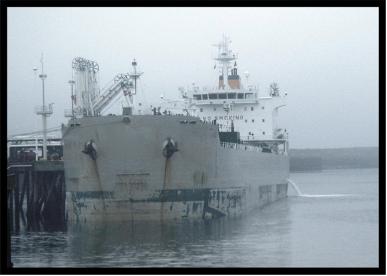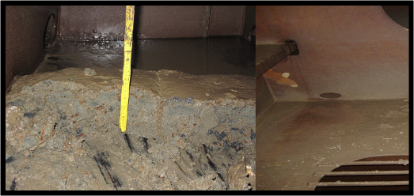Increase in transport network and demand for commodities have accelerated the unintentional introduction of
non-indigenous species beyond their native ranges in both terrestrial and aquatic habitats worldwide. Commercial vessels
transport over 90% of the world’s trade and are a leading mechanism for spread of aquatic species. Diversified species
are transported fouled on ships’ external surfaces or in ballast water and sediment inside ballast tanks.

Ballast water and sediment contain large numbers of active
invertebrates as well as their viable dormant eggs.
Diversified invertebrate taxa, such as rotifers, cladocerans
and copepods are friquently found in ballast tanks.
Ballast water, typically utilized to control the trim and
stability of a vessel when a vessel is not fully loaded with
cargo, can contain significant amounts of suspended
sediment that later settles to the tank's bottom. Amount of
sediment carried by ship can vary from < 1 to > 150 tonnes.


Macroinvertebrates, for instance comb jelly Mnemiopsis
leidyi or bloody red shrimp Hemimysis anomala, as well
as chordates such as golden star tunicate Botryllus
schlosseri, may also be transported in ship ballast waters.

The European green crab Carcinus maenas and mud
crab Rhithropanopeus harrisii are generalist predators that
are attributed with the decline of other crab and bivalve
species. Depending on species, female crab may carry
from several thousand up to two million eggs in single
clutch increasing propagule pressure and establishment
success of taxa greatly.

The fishhook waterflea Cercopagi pengoi and spiny
waterflea Bythotrephes longimanus are non-indigenous
species
of global concern. They are notorious predators
and may suppress both invertebrate and vertebrate taxa.
